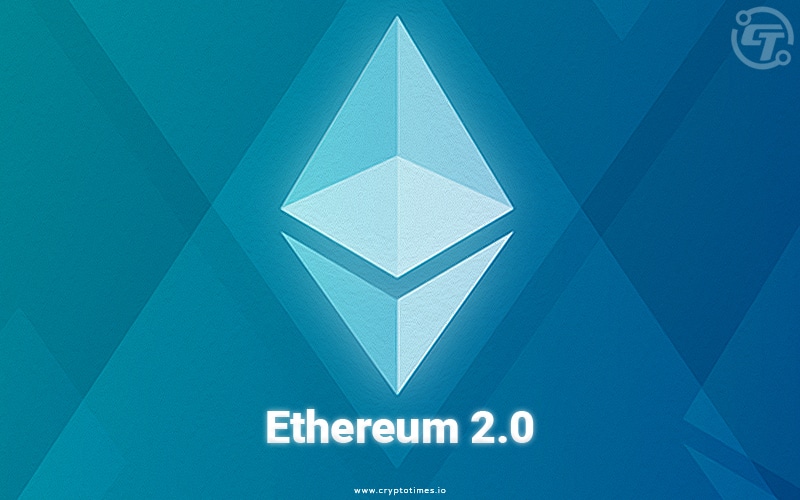In Brief:
- Ethereum developers introduced Kintsugi testnet before merging with mainnet.
- The merge will replace the proof-of-work mechanism with proof-of-stake.
- Ethereum beacon chain’s merger with mainnet is expected in the second half of 2022.
On Dec 20, the Ethereum developers introduced the Kintsugi testnet to examine the merge with the mainnet. The purpose behind this rollout is to understand the behavior of blockchain after merge.
New up-gradation will be taking place to replace proof-of-work with the proof-of-stake mechanism. The reason behind this change is to develop a more energy-efficient blockchain.
One of the Ethereum foundation members Tim Beiko made an announcement regarding the future changes and development of Ethereum 2.0. He has urged developers and the public to use testnet, although there will be little changes for Application developers.
“The Kintsugi testnet provides the community an opportunity to experiment with post-merge Ethereum and begin to identify any issues,” Beiko wrote in his announcement.
Kintsugi will provide a better understanding of Ethereum 2.0’s “merge” to developers. The merge will link Ethereum mainnet transactions with Ethereum 2.0’s beacon chain. By doing this, the developers will substitute proof-of-work mechanism with proof-of-stake. If this will be done successfully, then blockchain will become more energy efficient.
Before this, Ehereum 2.0 went live in December 2.0 with ‘Phase 0”, which was the launch of the beacon chain. The phase 0 allows staking to generate rewards for node operators.
As phase 0 doesn’t allow staking for consensus purposes, the merge aims to achieve it. However, Swiss Bank Sygnum has announced support through offering Etherum 2.0 staking clients in July. The merger is expected to launch in Q1/Q2 of 2022, which will be introduced as “Phase 1.5”. At the time of writing, nearly 8.4 million Ether has locked into Ethereum 2.0 deposit smart contract.
Phase 0 and Phase 1.5 rollouts are the parts of full-functioned Ethereum 2.0 rollout or Phase 2.0. Phase 2.0 will come up with sharding capabilities, which help blockchain to reduce transaction fees and processing time.






